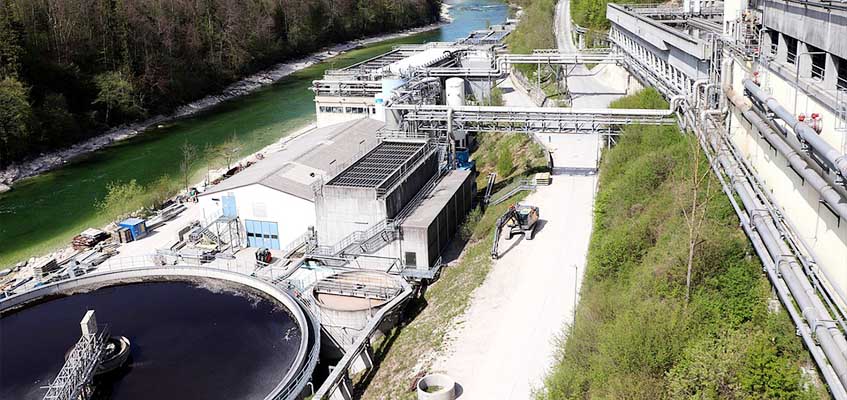Sewage Treatment Plants
Sewage treatment plants mainly treat domestic sewage and industrial wastewater to separate solid pollutants in the water and reduce organic pollutants and eutrophic substances (mainly nitrogen and phosphorus compounds) in the water, thereby reducing the pollution of sewage to the environment. Its goal is to produce environmentally safe liquid waste streams (or treated sewage) and solid waste (or sludge treatment), suitable for treatment or reuse (usually farm fertilizer), and the sewage reaches the local sewage after multiple purifications Emission Standards. Traditional sewage treatment plants use activated sludge processes to biodegrade and remove pollutants in wastewater for discharge or reuse.

The traditional sewage treatment system is based on the activated sludge method and its variants. These include activated sludge system, extended aeration, sequencing batch reactor (SBR), Moving Bed Bioreactor (MBBR), Prefabricated extended aeration system. The traditional sewage treatment system can be prefabricated with durable Glass-Fused-to-Steel water tanks, and the on-site installation work is minimal.
Due to the need for a separate activated sludge reactor and secondary settling tank, the traditional sewage treatment plant occupies more space than the MBR plant. Since the factory is prefabricated in FRP tanks, site engineering and civil engineering are minimized. In order to meet more stringent reuse requirements, which cannot be achieved by traditional sewage treatment plants; if necessary, it can be combined with tertiary treatment (filtration) to further purify the secondary treated water.
